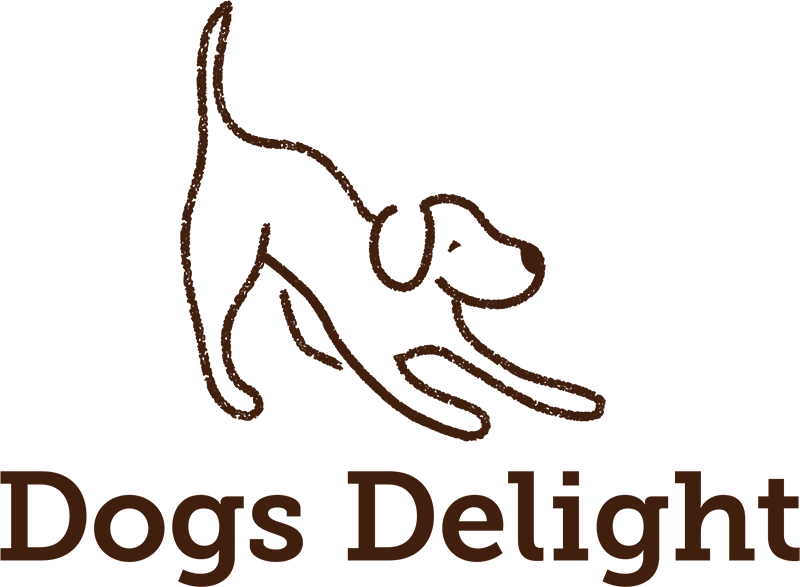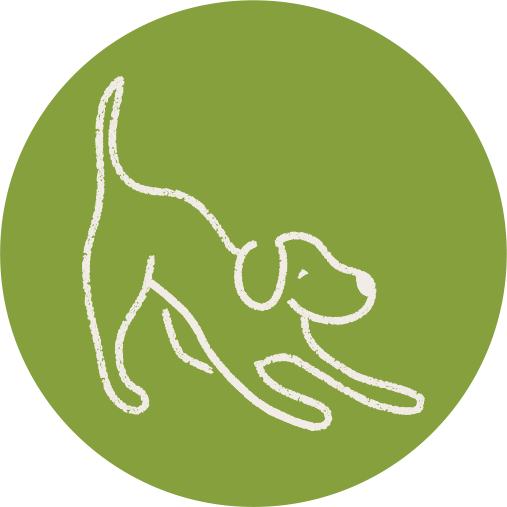Healthy
Foraging Fun
Our canine companions are super intelligent animals and offering a variety of ways of feeding can provide crucial mental stimulation for them and be a real boost to their daily lives.
We know that, if free-ranging, dogs would spend their days scavenging, foraging and gathering food and so by appealing to our dog’s natural instincts we can make feeding time much more fun.
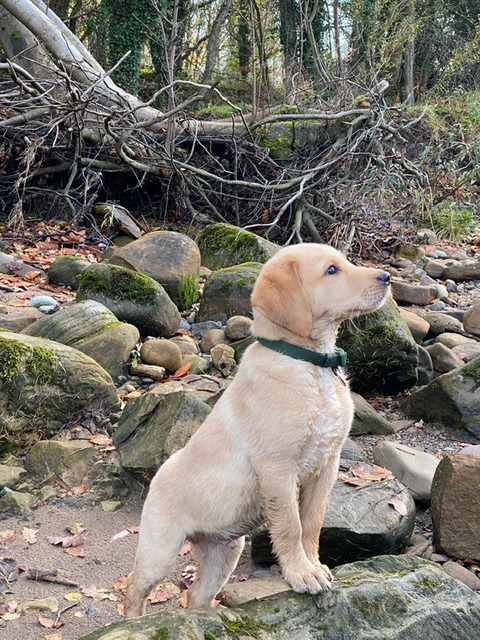
Some benefits
- Slows down feeding times.
- Creates a sense of achievement when food is found
- Encourages natural foraging behaviour
- Be useful for training, for example crate training
- Burns more calories
- Prevent boredom; help with separation anxiety and possible destructive behaviour.
- Stimulate and assist in brain growth – great for all ages especially puppies and seniors.
- Strengthens their bond with you.
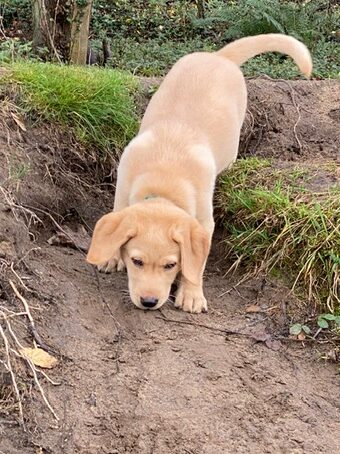
Top Tips for Making Meals More Fun
Instead of placing the food in a feeding bowl to be wolfed down in 30 seconds – have a go with the following:
- Chewing – dogs love this as it is a natural instinctive behaviour for them. Chewing can act as a stress reliever and it may help prevent boredom when you need to do household tasks. Antler dog chews, yak milk dog chews etc will keep a dog busy for a while!
- Foraging:
- Scatter feeding – this is easier with dry food and is great to make the meal last longer. Scatter the food in as many areas as possible for the dog to find, indoors or outdoors (great indoors for a rainy day!).
- Snuffle mats – these can be homemade and are available online. Dogs love to snuffle out food which gets buried into the large felt strips. If you would like to make your own, you will need a rubber mat with holes and fleece blanket cut into strips – thread through adjacent or diagonal holes and tie in a knot.
- Hiding foods – hide treats and make them twice as enjoyable! Make it easy at first by letting the dog see you do it to build confidence and then progress to more difficult hiding places where the dog is not in the room as you hide the food. You could also hide foods/treats in a ball pit, box of toys, upturned flower pots etc.
- Problem solving – food puzzle toys such as Kong toys, treat balls, puzzle feeders can be challenging ways for the dog to work for their food. The dogs’ usual diet can be packed easily into these toys and if you feed wet food you can use muffin tins. These keep the dog busy for a while – much longer than a food bowl! You can make a tougher challenge by filling up the feeding toy and freezing. Remember to place a straw through to make a hole and remove when you take out of the freezer and are ready to use. This will avoid choking.
- Licking – this is extremely relaxing for a dog. Wet food, low fat cream cheese or peanut butter can be spread on a lick mat (available online) and can be a helpful calming aid if there are any situations which the dog finds a little stressful as well as providing a nutritious snack.
- For older dogs – there is evidence that enrichment can help delay the progression of dementia. Dogs with canine cognitive dysfunction can still have enrichment in their lives but try not to include anything that requires complex problem solving. Indeed, food toys designed for puppies are perfect for older dogs too. There are also specially designed Kongs for older dogs.
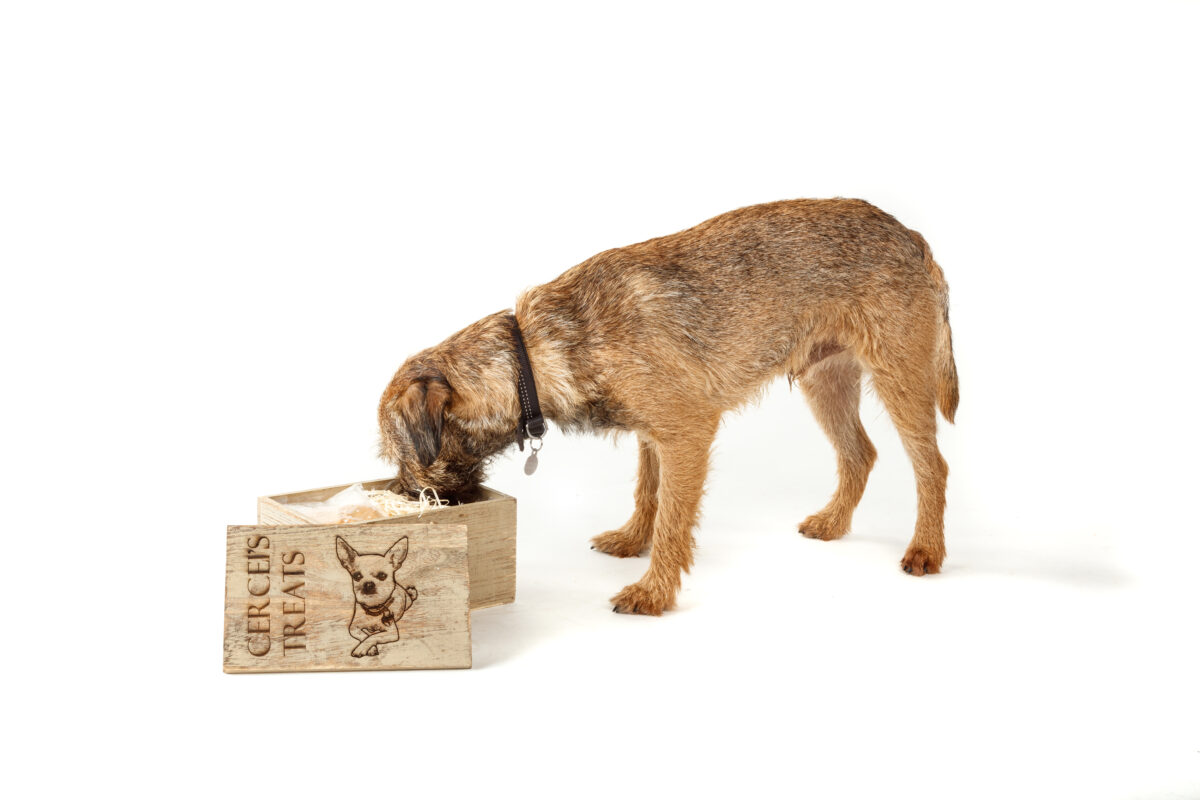
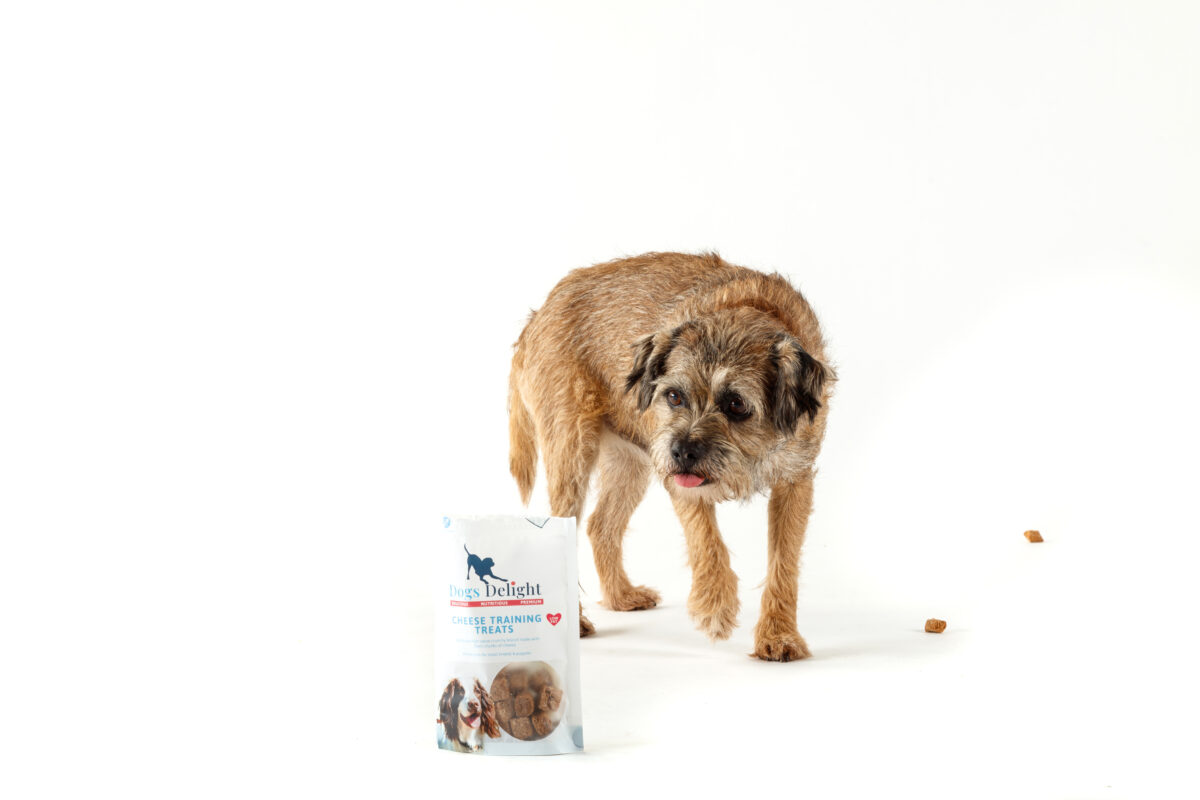
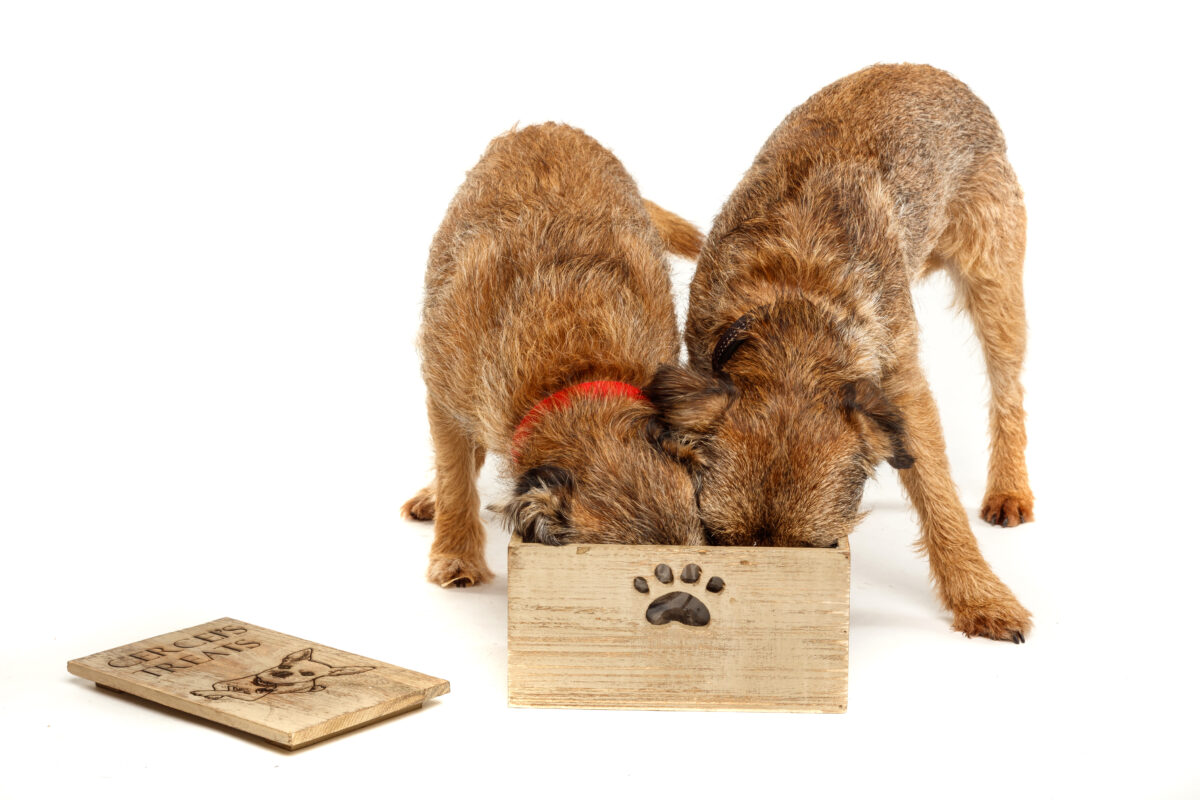
Start off easy to help your dog be successful and build from there.
Try getting rid of the food bowl for one meal to start with – the goal is to increase the amount of time it takes them to eat their food and therefore encourage mental and physical activity.
Most of all, have fun!
